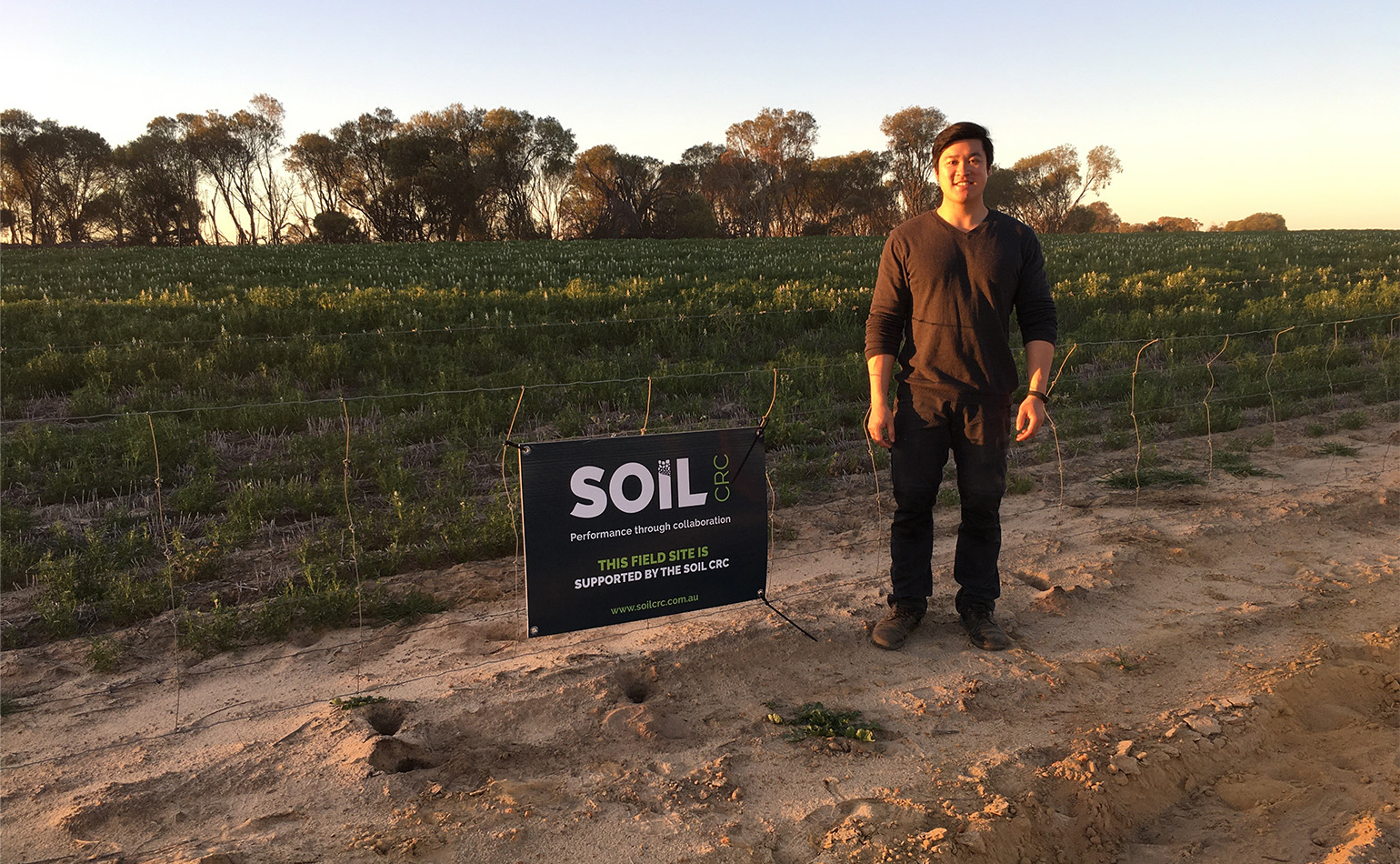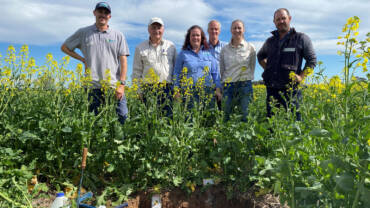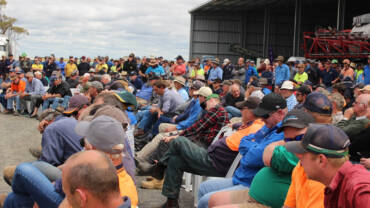Project Update: New amendments for sandy soils
| Posted Nov 05,2020PhD student Simon Yeap
Project: New amendments for sandy soils
Project Leader: Professor Richard Bell, Murdoch University
A limited capacity to supply water or nutrients to the roots of crops is a key reason for the low productivity of crops and pastures on sandy soils. A Soil CRC project team led by Prof. Richard Bell at Murdoch University hypothesise that the solution is to permanently raise the reactive surface area of a sandy soil with added clay or recalcitrant organic matter, or both, to help address the lack of supply of resources.
Project Update
A literature review of amendment of sandy soils identified key knowledge gaps for further investigation. Researchers assembled a meta-analysis across Australia of all relevant experiments and demonstrations (270 records from 89 projects) set up to investigate clay and organic matter inputs on sands.
The team asked which treatments were effective, on which sand types, and agro-climatic regions, and why? They also identified which experiments are worth continuing to determine the long-term benefits of amelioration of sands.
Analysis of field experiments that applied clay and organic matter to sandy soils revealed that looking only at the top 10 cm of soil does not give a complete picture of what is occurring deeper in the soil profile.
This is particularly important where amendments are applied to a depth of greater than 10 cm. Often stronger explanation of variance for yield, biomass and soil organic carbon comes from parameters measured at 10 – 50 cm.
While clay content in sand is important in order hold organic carbon, other properties introduced by the clay including iron and calcium appear to have a strong influence on increasing organic carbon concentration.
Developing and evaluating novel products: One aim of the project is to develop and test the efficacy of novel clay and organic matter products that increase nutrient and water access of plant roots on sandy soil. For the glasshouse pot experiment, several soil amendments were prepared, including calcium bentonite, hydrotalcite, activated biochar, compost, and compost-clay. A tablet press was imported to pelletise soil amendments for easier bulk handling, transportation, and storage. A glasshouse pot experiment is scheduled to commence in November 2020. An experiment planned by PIRSA, also testing a range of organic and clay amendments of sands, was delayed due to Covid-19 restrictions and changed from a micro-plot field experiment to a large-pot experiment.
Mapping and grouping sandy soils: The aim of this part of the project is to group sandy soils into management classes based on likely responses to clay and organic matter and their configuration in re-engineered sandy soils and then map them. Grouping will be based on profile characteristics such as parent material, clay type and content, depth to clay, water repellence, and pH. Researchers at Federation University have collected all the available spatial soil data for sandy soils in WA, SA, Vic and NSW for mapping. This includes polygon mapping and Soil and Landscape Grid of Australia soil texture maps.
Participants
Murdoch University
Federation University
Primary Industries and Regions SA
West Midlands Group
Australian Organics Recycling Association





